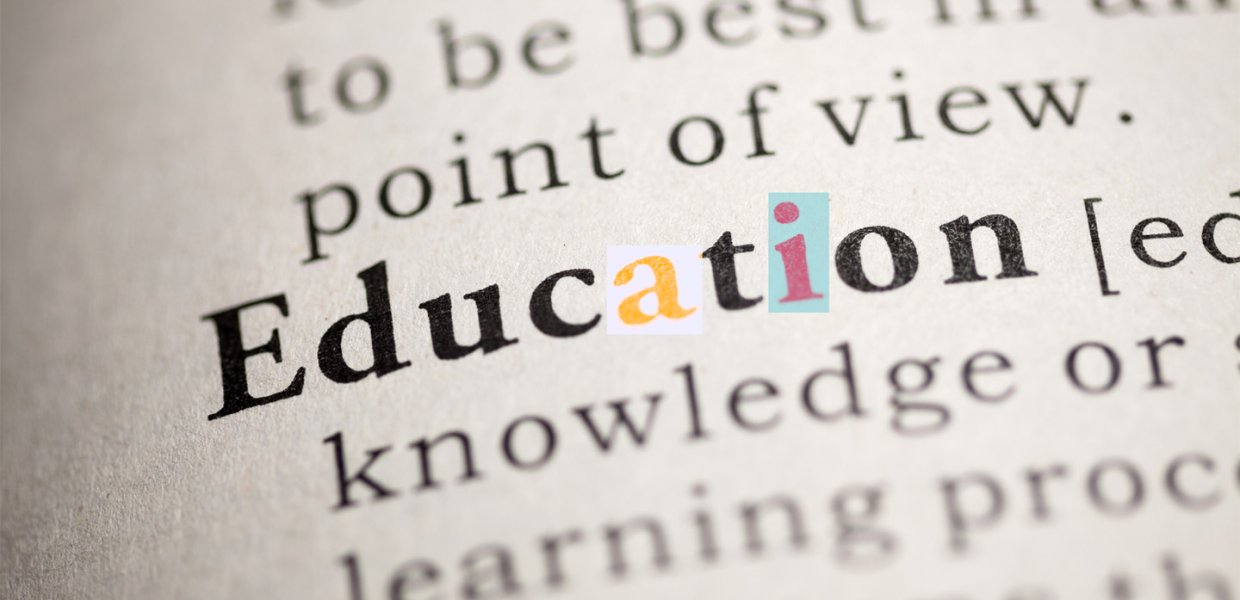“We need talent who can reach across disciplinary silos, and think expansively not limited by current expertise.”
“We need graduates trained and fluent in digital media technologies. But, we also need people with a hunger to acquire the skills to evolve and adapt as quickly as these industries.”
“The interdisciplinary nature of today's digital media requires cross-functional teams and cross- cultural competency.”
“We need more bridge builders and storytellers.”
When we speak with our industry partners and alumni — producers, creators, sellers of content, commerce and advertising, agents brokering global production and distribution deals, strategic communications pros or brand strategists — about their future talent needs, this is just a small sampling of what they have shared with us.
In short, the industry is really telling us: We need creators, we need collaborators, and we need communicators.
But, what does it mean to be a creator, a collaborator and a communicator in the age of artificial intelligence? How do we train students to use, challenge and critically trace the power of AI storytelling with skills and rigor that help them shape and lead media futures? And how do we nurture and support our talent pipeline as the contours of media and communication change before our eyes?
The answer: continuing to do what we do so well at USC Annenberg, developing nimble and responsive academic programs and scholarship.
We launched our first course this fall focusing exclusively on the subject “Artificial Intelligence and the Future of Creative Work” led by professor Gabriel Kahn. Eager to understand this phenomenon that quite literally everyone is talking about, students are diving into real-time case studies that examine how AI tools are opening up new frontiers in newsrooms, writers’ rooms and boardrooms. They are examining the decision-making and calculus that goes into how companies integrate AI and what they expect it will achieve.
Our students, native to the technological wave of social media and mobile devices, are grappling with reservations about this emerging technology more powerful than any they have seen before. A generation that cares deeply about social justice and equity is now examining very real and immediate questions, including changing job descriptions, the nature of creative production, and worker displacement as this technology spreads.
Perhaps, most critically, they are also exploring these questions by interacting directly with the professionals who are facing these same problems. Roughly half the course involves guest lectures from executives charged with taking the next step in the AI revolution.
Meanwhile, this fall, the faculties of USC Annenberg and the USC School of Cinematic Arts have joined forces under the auspices of USC’s new Center for Generative AI and Society to consider GenAI’s potential to impact the nature of creativity, originality, intellectual property, truth, and the role and definition of the artist, journalist and communicator.
Center co-directors Mike Ananny and Holly Willis are convening USC’s interdisciplinary scholars to understand the social, cultural and political significance of global lives shaped by GenAI stories. Together, they are identifying the challenges and the opportunities as new storytelling crafts, communities and ethics begin to emerge alongside a new suite of easy-to-use generative AI tools. Their ultimate goal is to help practitioners and media industries navigate and shape the new terrain of GenAI storytelling while preparing our students to do the same.
The first wave of change, journalist and entrepreneur Jim VandeHei at Axios notes, is headed for “... any job that involves writing or coding; creativity; information synthesis; or sifting through large sets of data or info.” Recent studies suggest that massive disruption is coming for highly skilled jobs and highly educated workers rather than lower wage workers in highly automated fields. Rather than be a bystander, VandeHei urges us to be curious and critical.
In other words, those who will succeed in the age of AI will know how to work alongside AI and will know how to bring their human dimension as creators, collaborators and communicators to bear.
We’re at the frontlines of the revolution, helping our students reach across this technological silo and realize AI’s potential as a positive force.
A broadcast journalist, media pioneer and digital communication leader, Willow Bay is the dean of the USC Annenberg School for Communication and Journalism. The first female dean of USC Annenberg, Bay oversees more than 200 faculty and staff, and more than 2,500 undergraduate and graduate students across the fields of communication, journalism, public relations and public diplomacy.
